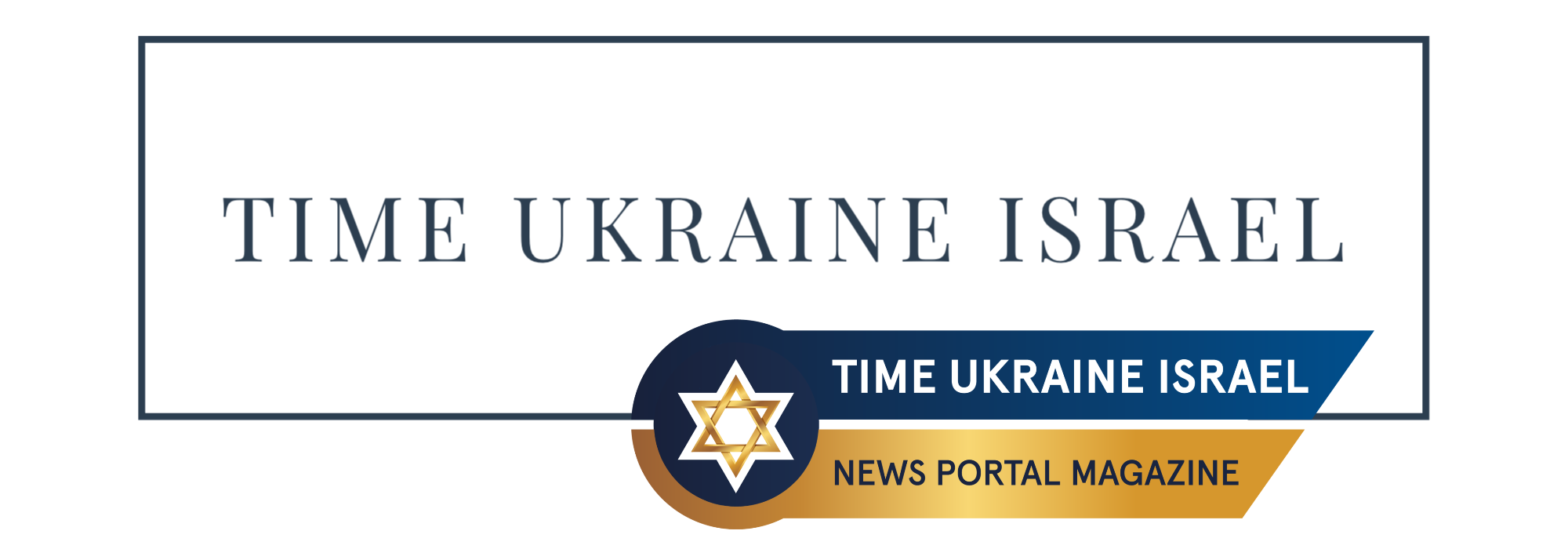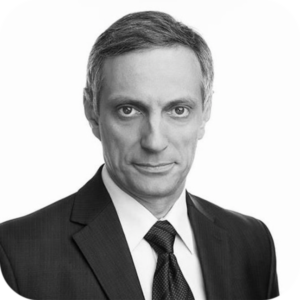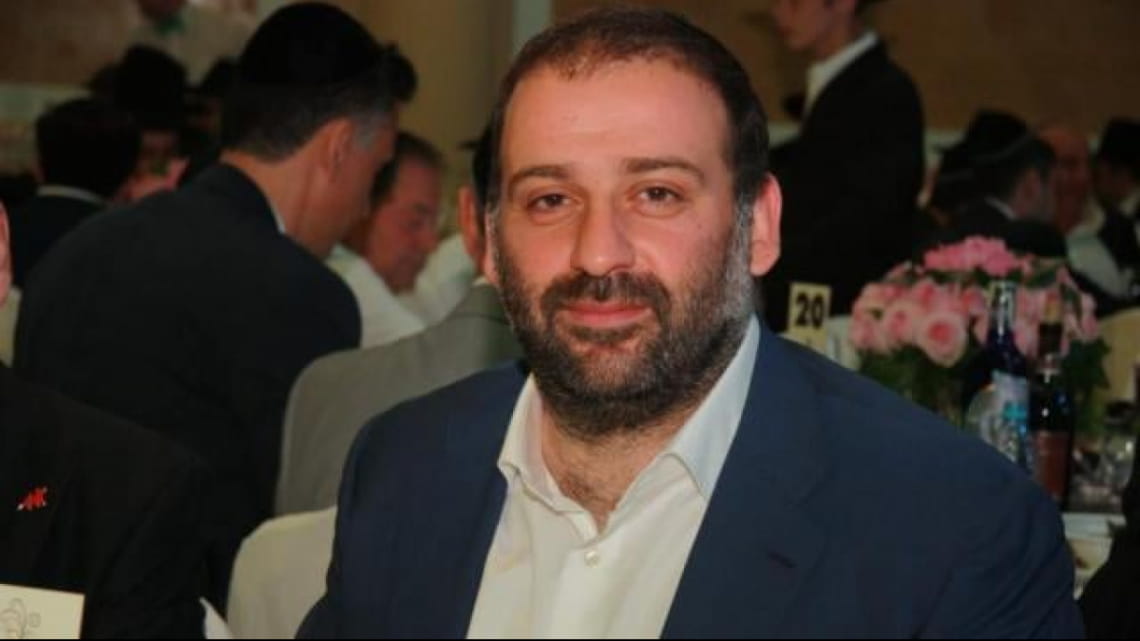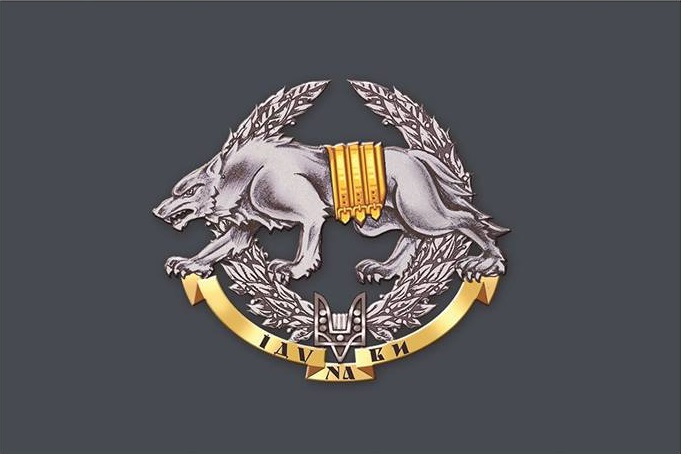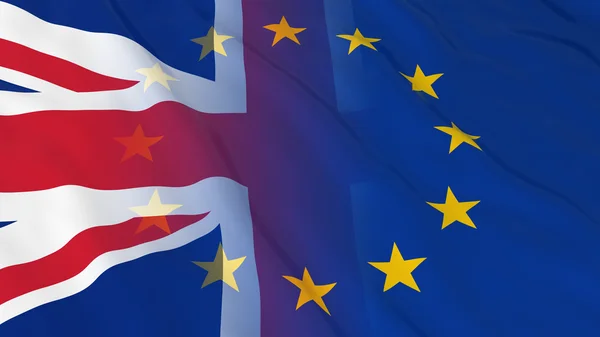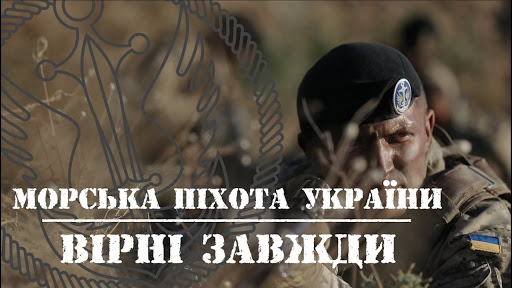The hostilities taking place on the territory of Ukraine affect an increasing number of people in Ukraine. These include military personnel directly involved in the fighting and civilians in the occupied, de-occupied and territories under threat of shelling and destruction.
As a result, an unprecedented number of people in Ukraine are suffering from above-threshold stress factors. This problem is particularly acute for the military taking part in combat operations, which currently number hundreds of thousands of people.
A large number of wounded who are in medical institutions and undergoing rehabilitation reveal a number of people with PTSD (post-traumatic stress disorder).
Usually, the disorder occurs within 1-6 months after the event, and women are twice as likely to develop PTSD as men: about 6-8% of men and 15-20% of women who have experienced traumatic events.
This includes experiencing severe physical injuries, the threat of death, witnessing someone else’s death or experiencing sexual and other violence, as well as the need to use lethal weapons with the corresponding consequences. During a traumatic event, a soldier experiences intense fear and loss of control over the situation.
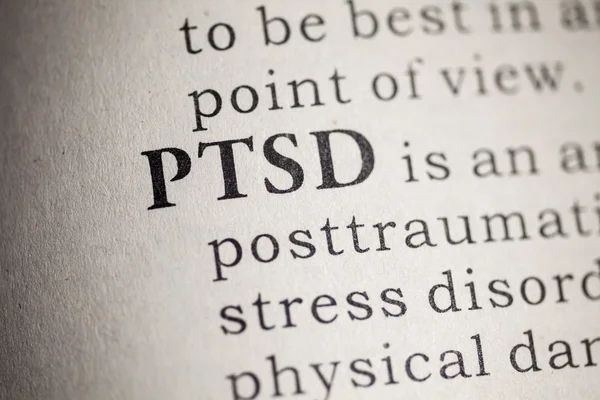
Accordingly, post-traumatic stress disorder can lead to a number of concomitant conditions and disorders. These include depression, generalised anxiety disorder, panic attacks, addictions, and aggression. For many servicemen, PTSD leads to drug or alcohol addiction. In addition, they have a significantly increased risk of suicidal behaviour and suicide. Patients with post-traumatic stress disorder have an increased risk of developing physiological dis orders – somatoform, cardiorespiratory, musculoskeletal, gastrointestinal diseases.
It should be noted that this problem is relevant today and will remain so for a long time.
The symptoms of post-traumatic stress disorder in the military are as follows:
regular memories of the traumatic event, hyper-arousal, sleep problems; nightmares, often related to the traumatic situation; memory impairment; loss of interest in usual activities; unstable emotional state; alienation from other people, even family and friends. Life is on full alert, flashing, anxious and preoccupied with thoughts of personal safety.
Panic attacks: a feeling of intense fear, shallow breathing, dizziness, nausea, heart palpitations and pain behind the sternum.
Chronic pain, headaches, diarrhoea, feeling of tightness and burning behind the sternum, cramps, low back pain.
Symptoms of avoidance: trying to avoid reminders of traumatic events is another symptom of PTSD. It manifests itself in the following ways: dissociative amnesia – the inability to recall fragments of a traumatic event; avoidance of conversations and thoughts about traumatic events.
Types of PTSD
Today, there are 3 main types of PTSD: acute, chronic and delayed.
- Acute – the duration of symptoms is from 1 to 3 months.
- Chronic – symptoms of the disorder persist for more than 3 months.
- Delayed – can manifest itself in 6 months. During this period, the clinical picture of the disease will be most pronounced. That is, before the onset of characteristic symptoms, the patient feels normal (and PTSD is already developing).
Treatment of PTSD
The main methods of treatment are psychotherapy in various modifications and medication.
Psychotherapy can be both group and individual. The most effective ways of helping with PTSD in the world are two psychotherapeutic methods: cognitive behavioural therapy (CBT) and eye movement desensitisation and reprocessing (EMDR). These two methods are recommended by modern PTSD treatment protocols.
Psychotherapy can be either group or individual. It involves the use of various techniques:
- psychological debriefing intervention, in other words, a detailed discussion of the traumatic event;
- trauma-focused cognitive behavioural therapy;
- Developing and improving stress management skills;
- Eye Movement Desensitisation and Reprocessing (EMDR), etc.
- resource-based psychotherapy.
Psychotherapy for PTSD should be provided by someone who is trained and accredited. Sessions usually take place at least once a week with the same therapist and often last for 8-12 weeks. Each session lasts 1-1.5 hours. Psychotherapy allows you to make good decisions, remember events, talk about your experiences and feel safe.
Drug therapy
The possibilities of pharmacotherapeutic care for PTSD are rather limited – medications can reduce the severity of certain symptoms of the disorder. Almost all groups of psychotropic drugs are used in the treatment of PTSD: antidepressants, tranquillisers, beta-blockers, hypnotics, neuroleptics, and in some cases anticonvulsants, normothymics (mood stabilisers) and psychostimulants. Treatment of PTSD with medication alone, without the use of psychotherapy, will not provide symptom relief and proper treatment effect.
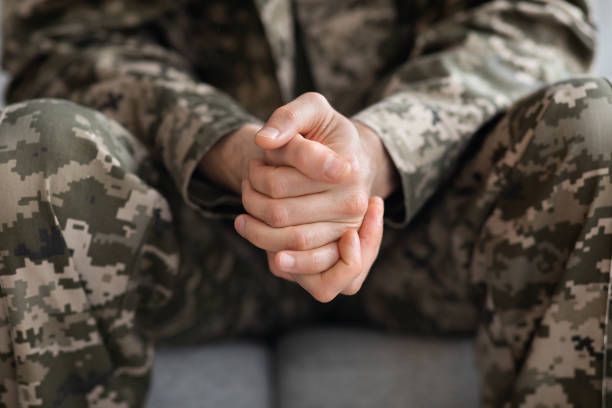
In psychedelic-assisted therapy (PAT), psychedelic substances are used: MDMA (ecstasy), ketamine, classic psychedelics and medical cannabis have shown good results.
In this case, PTSD itself develops in about a month. But in the first 72 hours, the soldier has symptoms of an acute stress reaction, and in the following days – acute stress disorder.
An integral approach
In addition to the classical, generally accepted methods of treating PTSD, it is important to note that there are new approaches, ideas and techniques that give significant positive treatment results.
I believe that there should be a comprehensive or integral and modern approach to treatment.
In addition to psychotherapy and medication, physiotherapy, reflexology, sports and meditation, music and aromatherapy, and spa treatments in the form of balneotherapy and massage have positive effects.
There are also many modern developments that actively influence mental states – in the form of floating, virtual reality with calming and harmonising images, electro-magnetic waves of different ranges, etc.
It is important to introduce patients to deep Ukrainian sacred traditions in parallel with treatment, which will provide ways out of crisis and have a distracting effect from the symptoms of PTSD.
Also, an integral approach to the treatment of such conditions is corrected with the help of the copyrighted methodology – Bohush Longevity Watch.
Sources:
- https://www.psychiatry.org
- https:// www.rcpsych.ac.uk/mental-health
- https://www.nimh.nih.gov/health/publications/post-traumatic-stress-disorder-ptsd
- https://www.ptsduk.org/what-is-ptsd/symptoms-of-ptsd/
- https://www.ptsduk.org/treatments-and-therapies-for-ptsd/
- Zohar J, Juven-Wetzler A, Sonnino R, Cwikel-Hamzany S, Balaban E, Cohen H. New insights into secondary prevention in post-traumatic stress disorder. Dialogues Clin Neurosci. 2011;13(3):301-309
- Cahill SP, Pontoski K. Post-traumatic stress disorder and acute stress disorder I: their nature and assessment considerations. Psychiatry (Edgmont). 2005;2(4):14-25.
- https://adaa.org
- Bogush D. How to live 120 years or modern technologies of longevity.
- https:// www.facebook.com/permalink.php?story_fbid=pfbid02gQyM31ccYW25Tno7focCxPb8f4BSC2wBYhAAtSVZtBD9oQwBXUHYmca3iErscTNdl&id=100080065313025
- Bogush D.A. Kappo. Japanese resuscitation techniques in martial arts practice, K.: Sofiya, 2008. – 144 p.
- Bogush D.A. Korean method of SU-JOK, Kyiv, Nika-centre, 2006, 2008, – 35 p.
- Bogush D.A. Essays on Su-Jok Acupuncture, Kyiv, Nika-Centre, 2006, -178 p.
- Gulyar S.O., Lymansky Y.P., Tamarova Z.A., Bogush D.A. et al. Application of Bioptrone Pailer Light in Medicine, Kyiv: IFB of the National Academy of Sciences of Ukraine and KMAPE of the Ministry of Health of Ukraine, 2006. 152 p.
- Gulyar S.A., Voronov S.A., Olshansky R., Bogush D.A. Syryk O.A.
- Influence of prolonged insolation during river and sea crossings on open water crafts of antiquity, Actual Problems of Transport Medicine, 2006, 3, No. 1.- P. 85-91
- Gulyar S.A. Bogush D.A., Modern technical methods and equipment of electromagnetic correction of the functional state of the organism, Anthology of autotherapy, Kyiv, Izd. Physiol. Bogomolets Institute of Physiology of the National Academy of Sciences of Ukraine, 2009, pp. 122-144.
- Gulyar S.A., Bogush D.A. Modern technical methods and equipment of electromagnetic correction of the functional state of the organism // Anthology of light therapy. Medical BIOPTRON technologies (theory, clinic, prospects) / Collective monograph. Budapest, Belgrade, Warsaw, Calgary, Kyiv, Minsk, Prague, St. Petersburg, Zurich, Eilat: IFB NAS of Ukraine, 2009. – P. 122-144. ISBN 978-966-2044-04-1
- Gulyar S.A., Kosakovsky A.L., Limansky Y.P., Bogush D.A. et al. Application of BIOPTRON-PILER-LIGHT in medicine / Guidelines, 2nd edition, supplement – Kyiv: IFB NASU and NMAPE MH of Ukraine, 2011. 256 p. ISBN 978-966-2044-49-2
- Practical and experimental methods of emergency care and self-regulation in extreme conditions in the Alpha Control system (1997)
- Deniss Boguss. Apraksti par Su-Dzok akupunkturu, Rerina gramatnica, Riga, 2004
- Bogush D.A. Anti-stress strategy and practical methods of the “Alpha-control” system, Bogomolets Institute of Physiology of the National Academy of Sciences of Ukraine, Kyiv, 2001
- L.A.Semenova, Y.P.Limansky, D.A.Bogush. Mechanisms of therapeutic action of Su-Jok acupuncture, Kyiv, 1999
